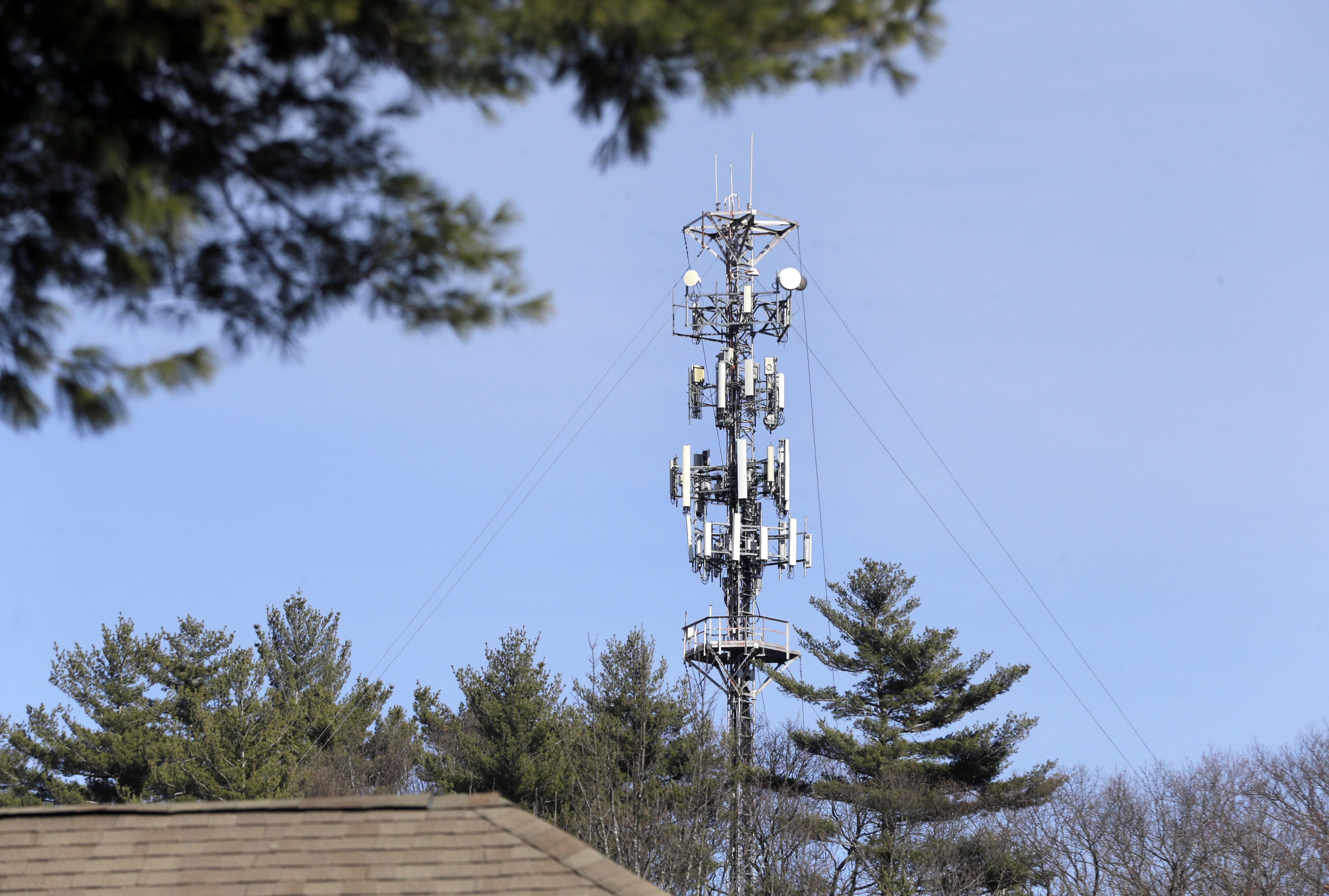Very best safest distance from your 5G cell Tower system?

If you've ever been through a town you might have noticed tiny mini 5G cell towers on street light poles. They look like little boxes however they're actually sending wireless signals from cellular providers to your phone.
These smaller towers are replacing larger, purpose-built cell towers. While they're less noticeable but they can still create problems for those who live nearby.
A Federal Communications Commission's Radiation Exposure Thresholds
The FCC's Radiation Exposure Thresholds define the safe distance that one can expose to electromagnetic energy from wireless devices. The limits for exposure are based on research which show that the energy of RF can cause harm to health.
The specific absorption rate (SAR) is a measure of the radiofrequency energy that is absorbed by tissue. It's typically 1.6 milliwatts per kilogram averaged over one gram of tissue.
However, because 5g transmits at higher frequencies, it has the potential to increase the intensity of energy on the skin as well as other body parts. This could result in many potential harms, including exacerbated appearance of skin conditions such as dermatitis and cataracts, and skin cancer.
Because of the potentially severe effects of 5g radiation, PSU has chosen to set a general localized limits on power density, which is 4mW/cm2 measured on 1cm2, but not to exceed 30 minutes for all 5G services running at 3000 GHz. This limit for localization is in line with the maximum SAR spatial-average of 1.6 W/kg, which is averaged over 1 g of tissue at 6 GHz.
The FCC's Maximum Exposure Thresholds for Maximum Exposure
If you've ever used a mobile phone, you're probably aware that the safest location from the tower is at least 400 meters away. This is because the transmitting power of a cell tower increases dramatically the farther the tower is.
Although safe distance from cell tower may sound like an ideal idea but the truth is that people who live close to towers might be more susceptible to health issues. For instance, a 2014 study in India discovered that those who lived within 50m from cell towers suffered significant more health issues than those living further distance from them.
But, the study found that people who moved into areas farther away from the cell towers saw their symptoms return to normal within a couple of days. Another study has demonstrated that exposure to extreme frequencies of radiofrequency electromagnetic fields (EMFs) can cause brain tumors, cancers and other health issues.
This is due to the fact that RF radiation, used for wireless communication, has the ability to penetrate the body's outer layer, which is the skin. This is important to understand since the skin functions as a protective barrier against injury to the body, infection by pathogenic microorganisms, and the entry of harmful substances. The skin is the most important organ in the human body, and is accountable for protecting other organs.
safe distance from cell tower for the Minimum Exposure

The FCC's Minimum Exposure Thresholds are based on several assumptions that aren't supported by scientific evidence. These include the erroneous assumption that short-term exposures to RF radiation are safe due to the limited absorption into body (i.e. thermal heating of tissue).
The assumption also ignores the more extensive penetration of ELF elements of modulated radio signals, as well as the effect of brief bursts of heat generated by RF waves that are pulsed. These theories are not compatible with current understanding of the biological consequences of RF radiation. Therefore what is a safe distance from a cell tower shouldn't be relied upon for health-protection exposure standards.
Additionally, the ICNIRP and FCC are limiting their exposure limits to local peak SARs that are based on the maximum frequency of absorption (psSAR) which is not a reliable dosimetric instrument to assess the amount of exposure to RF radiation. In particular the psSAR tool is not accurate when frequencies exceed 6 GHz. In addition, psSAR is not been evaluated for RF radiation exposed to other environmental agents such like sunlight. The interactions of RF radiation with other agents in the environment could cause synergistic or antagonistic effects. This can lead to the risk of having adverse health adverse effects. For example, co-exposure to RF radiation with sunlight may raise the chance of skin cancer, as well as aggravate other skin conditions like acne.
